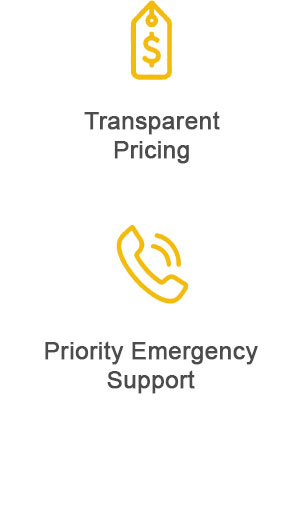right move prices decoded: smarter ways to read the market
What right move prices actually show
right move prices reflect asking values posted by agents and sellers, not final sale figures. They offer a fast pulse on sentiment, stock levels, and how competitively a home is pitched.
How to interpret the trends
Compare similar homes over time, track reductions, and notice days-on-market. A cluster of cuts often signals softening demand, while scarce listings with steady tags suggest firmness.
Blend this with sold data from land registry sources to avoid anchoring on optimistic tags. For negotiation, focus on condition, micro-location, and timing.
- Baseline: map three to five true comparables within 0.25 miles.
- Momentum: watch week-on-week new listings versus withdrawals.
- Seasonality: spring lifts activity; late summer can stall.
- Red flags: relisted homes, wide-angle photos, vague floor areas.
- Edge: message agents about motivation and chain status.
Buyers can temper offers when price per square foot diverges from nearby sold benchmarks. Sellers gain by launching near the bracket where searches cluster, then adjusting swiftly if views outpace enquiries.




















